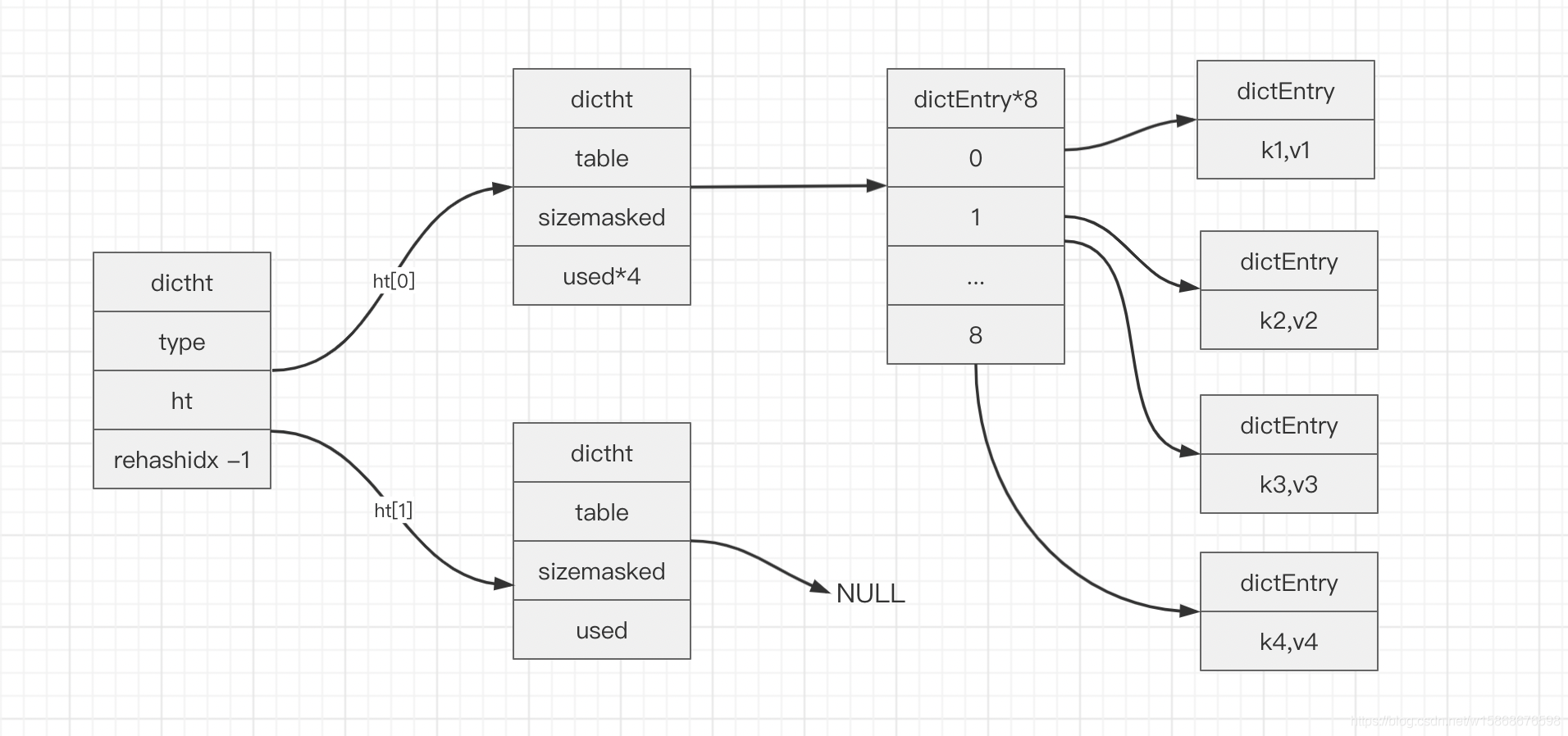在Linux系统中,Python是一个广泛应用的自动化测试工具。
要实现自动化测试,我们需要选择适当的测试框架,编写测试代码,并运行测试。
![python linux自动化测试(Python与Linux实现自动化测试) 图片[1]-python linux自动化测试(Python与Linux实现自动化测试)-不念博客](https://www.bunian.cn/wp-content/uploads/2023/04/u23711038963303416619fm253fmtautoapp120fJPEG.webp)
以下是一些建议的Python自动化测试框架:
- pytest
- unittest
- nose2
- Robot Framework
以pytest为例,我们将演示一个简单的Python自动化测试过程:
安装pytest
首先,确保您已经安装了Python及其包管理工具pip。
然后,在终端中运行以下命令以安装pytest:
pip install pytestpip install pytestpip install pytest
编写被测函数
在一个名为main.py的文件中,编写一个简单的函数,该函数接受两个参数并返回它们的和:
def add(a, b):return a + bdef add(a, b): return a + bdef add(a, b): return a + b
编写测试代码
在一个名为test_main.py的文件中,编写测试代码,如下所示:
import pytestfrom main import adddef test_add():assert add(2, 3) == 5assert add(0, 0) == 0assert add(-1, 1) == 0import pytest from main import add def test_add(): assert add(2, 3) == 5 assert add(0, 0) == 0 assert add(-1, 1) == 0import pytest from main import add def test_add(): assert add(2, 3) == 5 assert add(0, 0) == 0 assert add(-1, 1) == 0
在这个例子中,我们导入了被测试的add函数,并编写了一个名为test_add的测试函数。我们使用断言语句(assert)检查add函数的输出是否与预期相符。
运行测试
在终端中,切换到包含测试代码的目录,然后输入以下命令运行测试:
pytestpytestpytest
pytest会自动发现并运行以test_开头的文件和函数。如果测试通过,您将看到类似以下的输出:
============================= test session starts ==============================platform linux -- Python 3.x.y, pytest-6.x.y, py-1.x.y, pluggy-0.x.yrootdir: /path/to/your/test/directorycollected 1 itemtest_main.py . [100%]============================== 1 passed in 0.02s ============================================================ test session starts ============================== platform linux -- Python 3.x.y, pytest-6.x.y, py-1.x.y, pluggy-0.x.y rootdir: /path/to/your/test/directory collected 1 item test_main.py . [100%] ============================== 1 passed in 0.02s ============================================================ test session starts ============================== platform linux -- Python 3.x.y, pytest-6.x.y, py-1.x.y, pluggy-0.x.y rootdir: /path/to/your/test/directory collected 1 item test_main.py . [100%] ============================== 1 passed in 0.02s ===============================
这个简单的例子展示了如何使用Python和pytest在Linux系统中进行自动化测试。
当然,实际项目的测试可能会涉及更多的复杂场景,但基本原理和过程是相似的。
© 版权声明
本站文章由不念博客原创,未经允许严禁转载!
THE END











